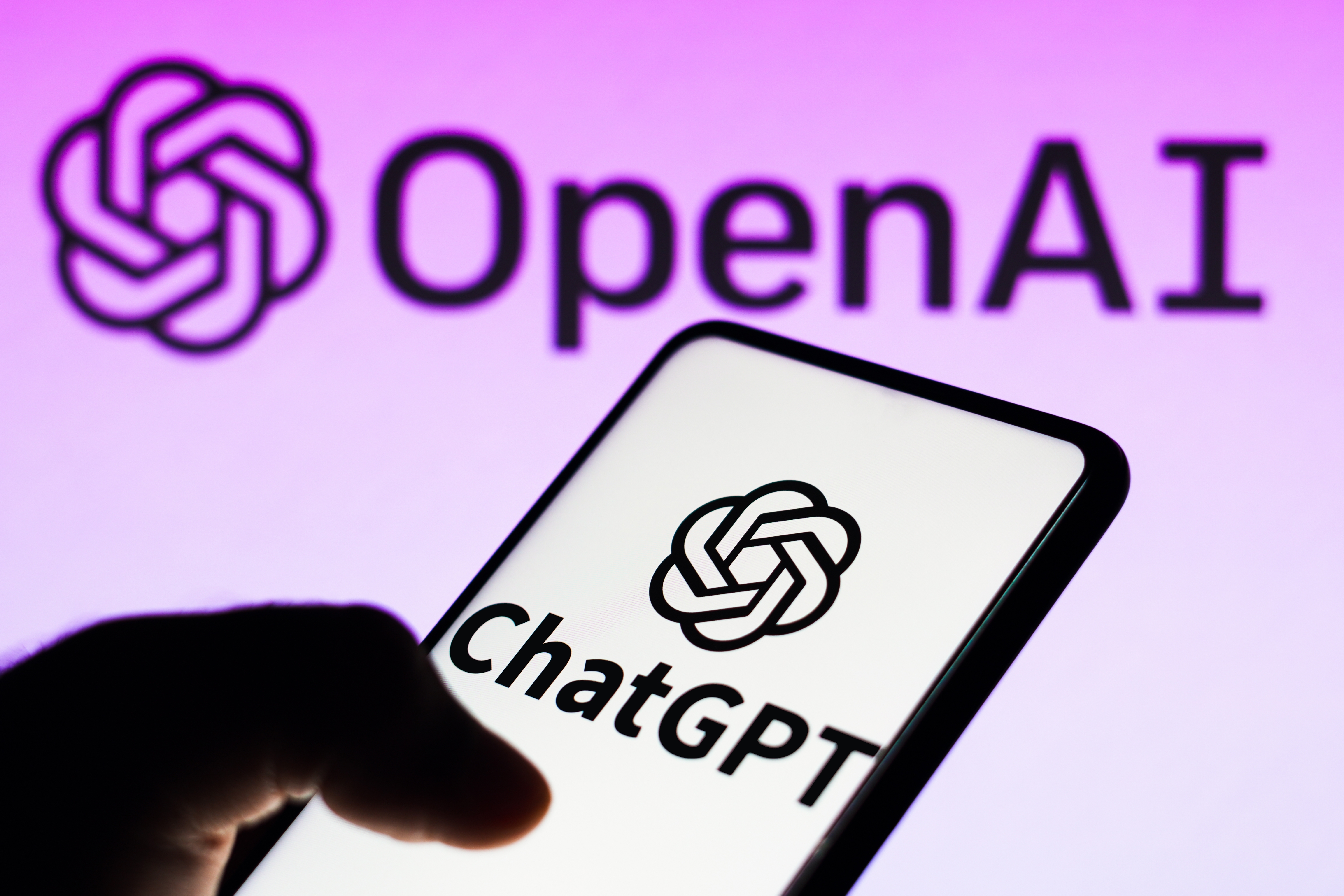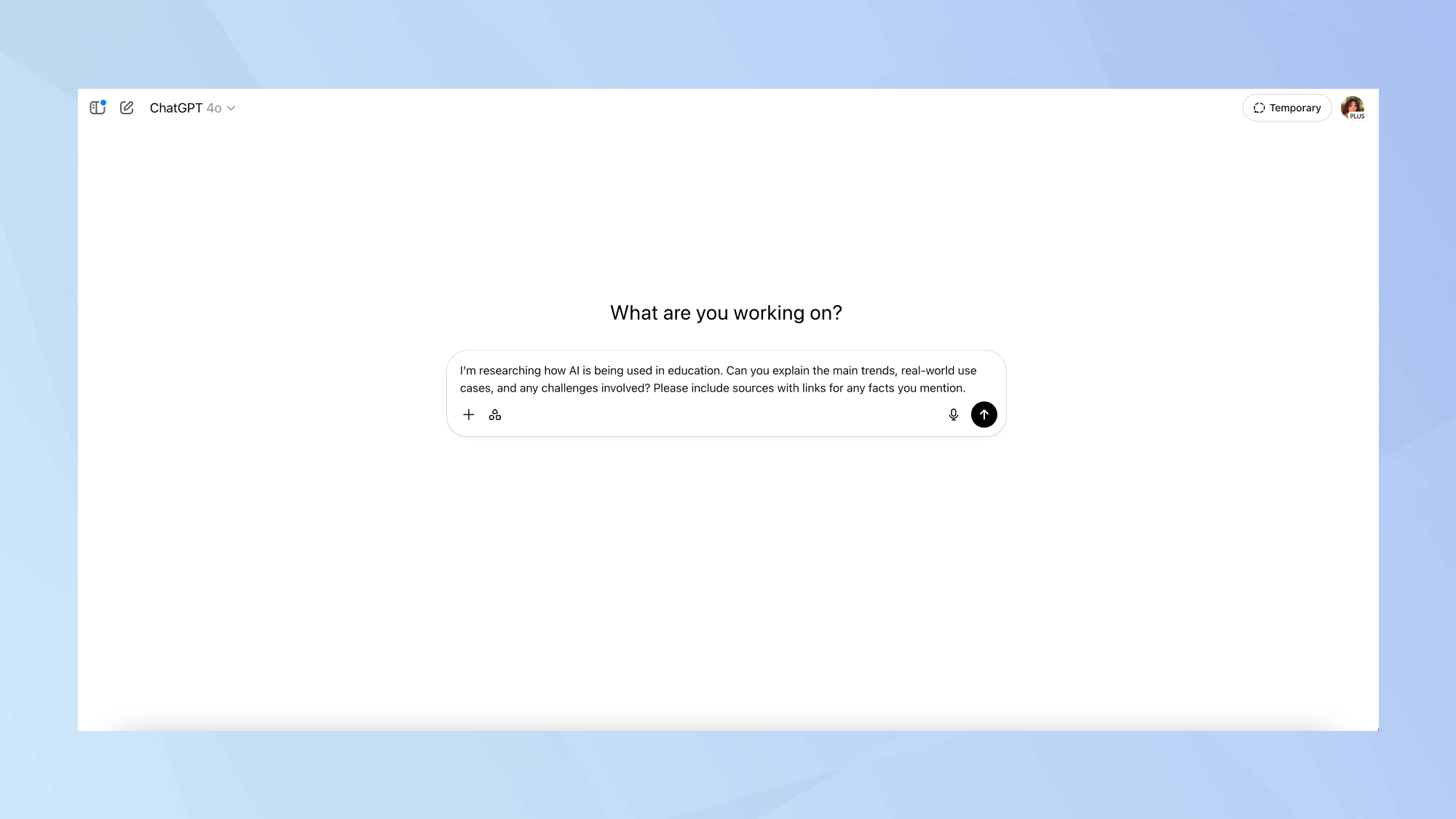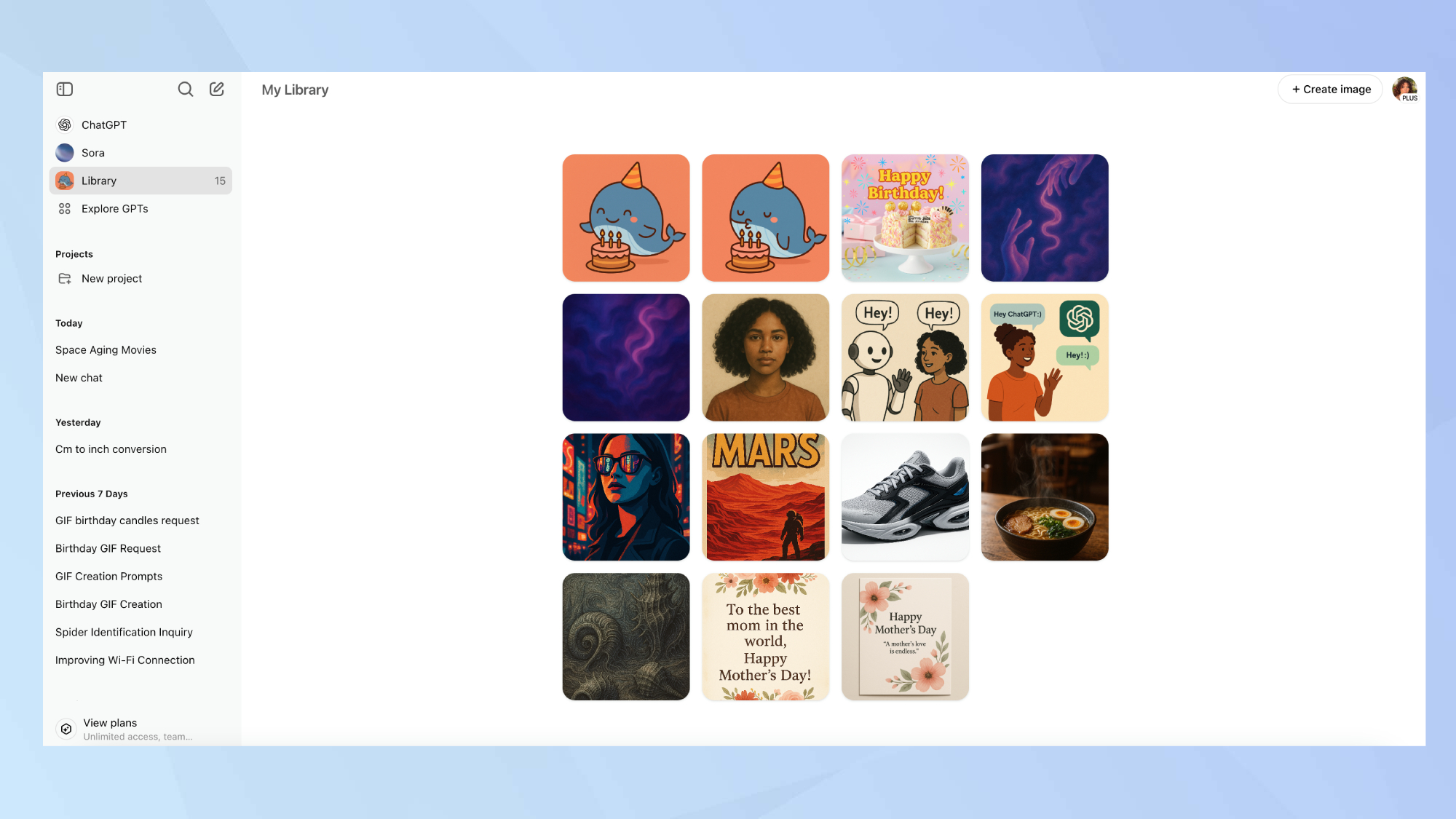
As someone who spends most of their day testing models and pushing AI tools to their limits, I’ve developed a running list of features I wish ChatGPT had.
Don’t get me wrong, OpenAI’s chatbot is still one of the most capable assistants out there alongside Gemini 2.5 Pro and Claude 4 Sonnet, but after testing nearly every major model, I’ve noticed some annoying gaps in functionality.
Here are five features I think ChatGPT needs to stay ahead of the curve — especially now that the competition is steeper than ever.
1. Screenshot memory

ChatGPT can analyze images, but it doesn’t remember them once the session ends.
That means if you share a screenshot while troubleshooting an issue or working on a multi-step project, the assistant won’t retain that context.
It would be nice for the chatbot to store and reference visuals across chats, just like it remembers previous conversations.
2. Smarter chat organization

OpenAI introduced an Image Library, which is helpful for managing visuals you've generated, but why does the chatbot stop there?
It would be nice if conversations could be organized by topic, project or even simple searchable tags. I’ve noticed that even searching for previous chats isn’t as effective as it could be.
It would be easier to revisit important threads without digging through a cluttered sidebar.
3. AI video generation
Created with Google Flow. Visuals, Sound Design, and Voice were prompted using Veo 3 text-to-video.Welcome to a new era of filmmaking. pic.twitter.com/E3NSA1WsXeMay 21, 2025
While ChatGPT can write scripts, shot lists and generate images for storyboards, it still lacks the ability to generate video on its own.
With competitors like Google’s Veo 3, Kling and Runway AI pushing the envelope on text-to-video, native video generation feels like the next logical step.
It’s a feature that would open the door for creators even more.
4. Custom GPTs based on usage

Custom GPTs are a great idea and fairly easy to do yet setting them up still takes some time and effort.
What if ChatGPT simply observed how you use it — your tone, your preferred formats, the kinds of tasks you repeat — and automatically spun up a tailored GPT that fit.
A passive "build-as-you-go" GPT would make personalization effortless for casual and power users alike.
5. Read and speak scanned books

ChatGPT can summarize PDFs and documents, and it offers a Voice feature. It would be nice to see it handle scanned books or handwritten pages, and then read them aloud.
Imagine uploading an old textbook and having it narrated back to you, audiobook-style, while also answering your questions or summarizing chapters.
That blend of voice and visual input could make ChatGPT far more useful for students, researchers and busy professionals.
ChatGPT is powerful, but it’s not perfect. As AI tools continue to evolve, features like visual memory, smarter chat management and video generation seem like obvious updates.
And as someone who tests AI every day, I’ll be among the first to welcome those upgrades when they arrive.







